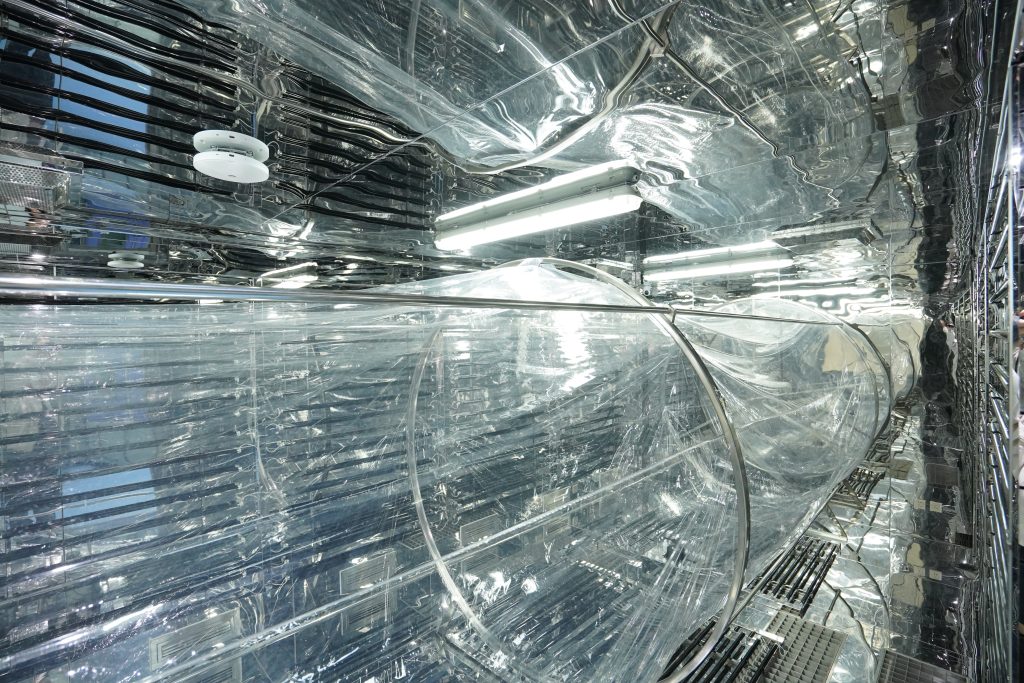
Photochemical Environmental Simulation Chamber
Brand
北京康威能特
Model
/
Place of origin
China
Location
E3-129
Main specifications
1.The reaction cavity has dimensions of 2100*6700 (diameter * length, unit: mm). The reactor device ensures airtightness, and the air leakage rate is less than 3% per hour.
2.The reactor is equipped with a pressure safety port, an air extraction port, nine air inlet ports, nine sampling ports, two temperature and humidity probes, two pressure sensors, etc. Relevant software is installed to achieve continuous monitoring and recording of the temperature, humidity and pressure in the reaction chamber, including curve graphs.
3.The reaction chamber should be equipped with an irradiation system to provide the necessary ultraviolet light for simulated reaction experiments, and both the wavelength band and the light irradiation intensity of the simulated light source inside the chamber are adjustable. The intensity of the simulated light source meets the index requirement of the photolysis rate range JN02 = 0 - 0.5/min⁻¹, with a central wavelength of 365nm, and it has the function of being replaceable and expandable according to experimental needs.
4.Temperature control: 10 - 40°C.
5.Humidity control: 5 - 90%.
6.Zero gas is provided, and the gas supply volume is 150 - 250 L/min.
7.The reaction chamber is equipped with an accurate gas mixing system.
8.The reaction chamber is equipped with a liquid sample gasification/heating system to inject non-gaseous reactants into the reaction chamber.
9.Reaction device: A Teflon membrane with a light transmittance of over 93% is used.
Main functions
The indoor photochemical simulation chamber can be used for various simulation studies, including but not limited to: the photochemical transformation process of air pollutants, the mechanisms of the formation of atmospheric ozone and particulate matter through photochemical reactions, the photolysis and oxidation mechanisms of volatile organic compounds, the assessment of the impacts of photochemical reactions on climate change and the regional environment, as well as the development and evaluation of air pollution prevention and control technologies.